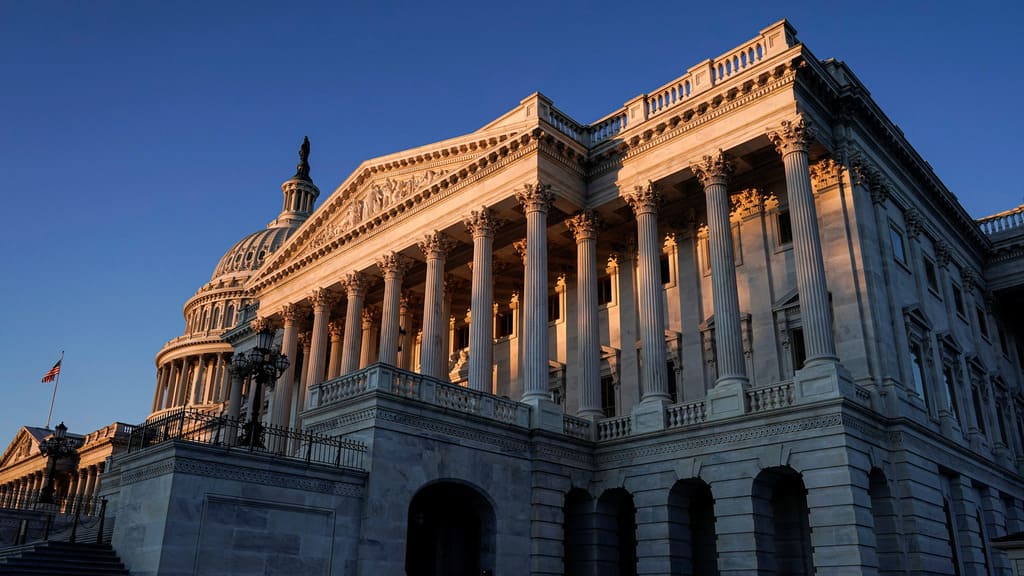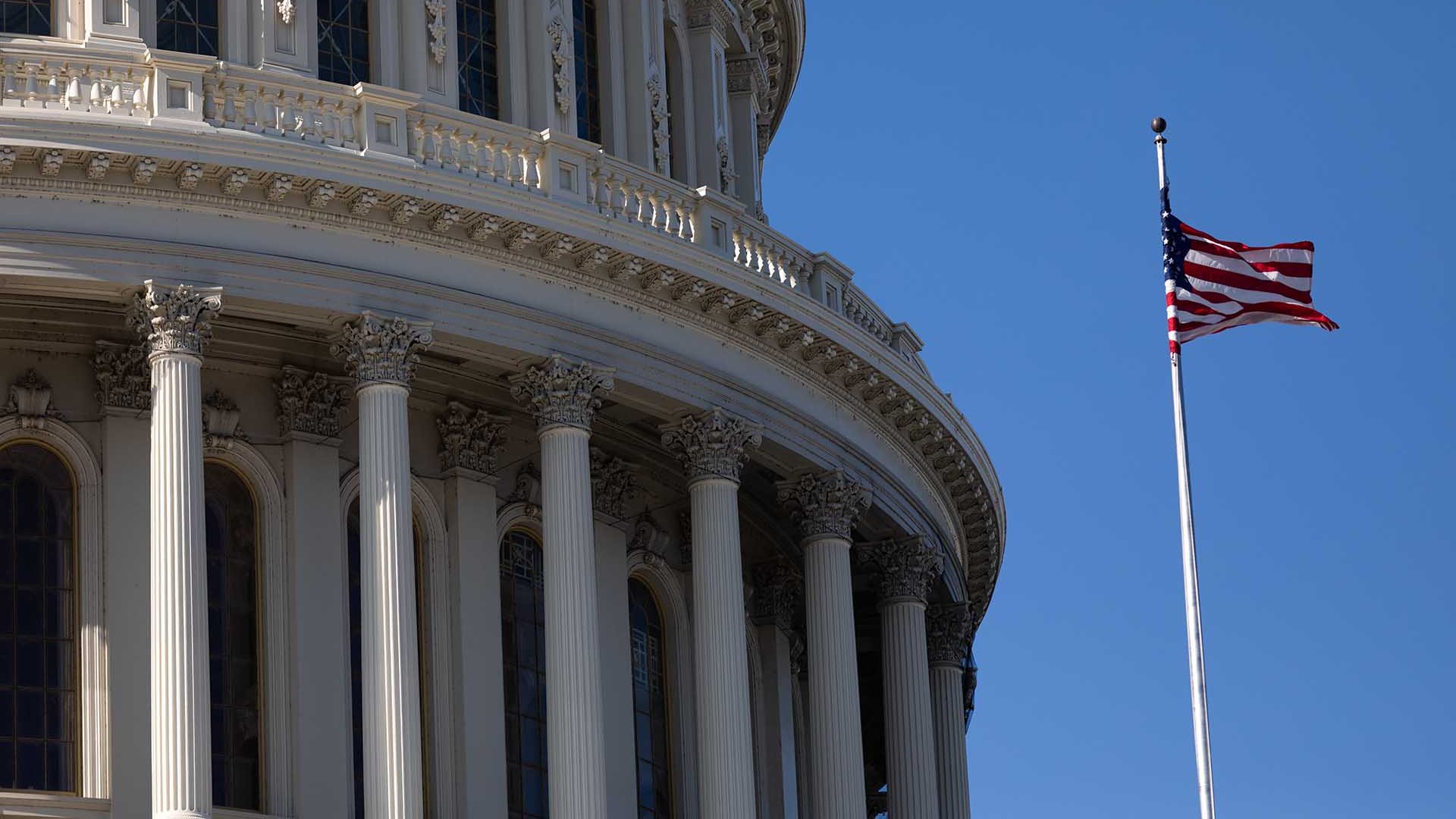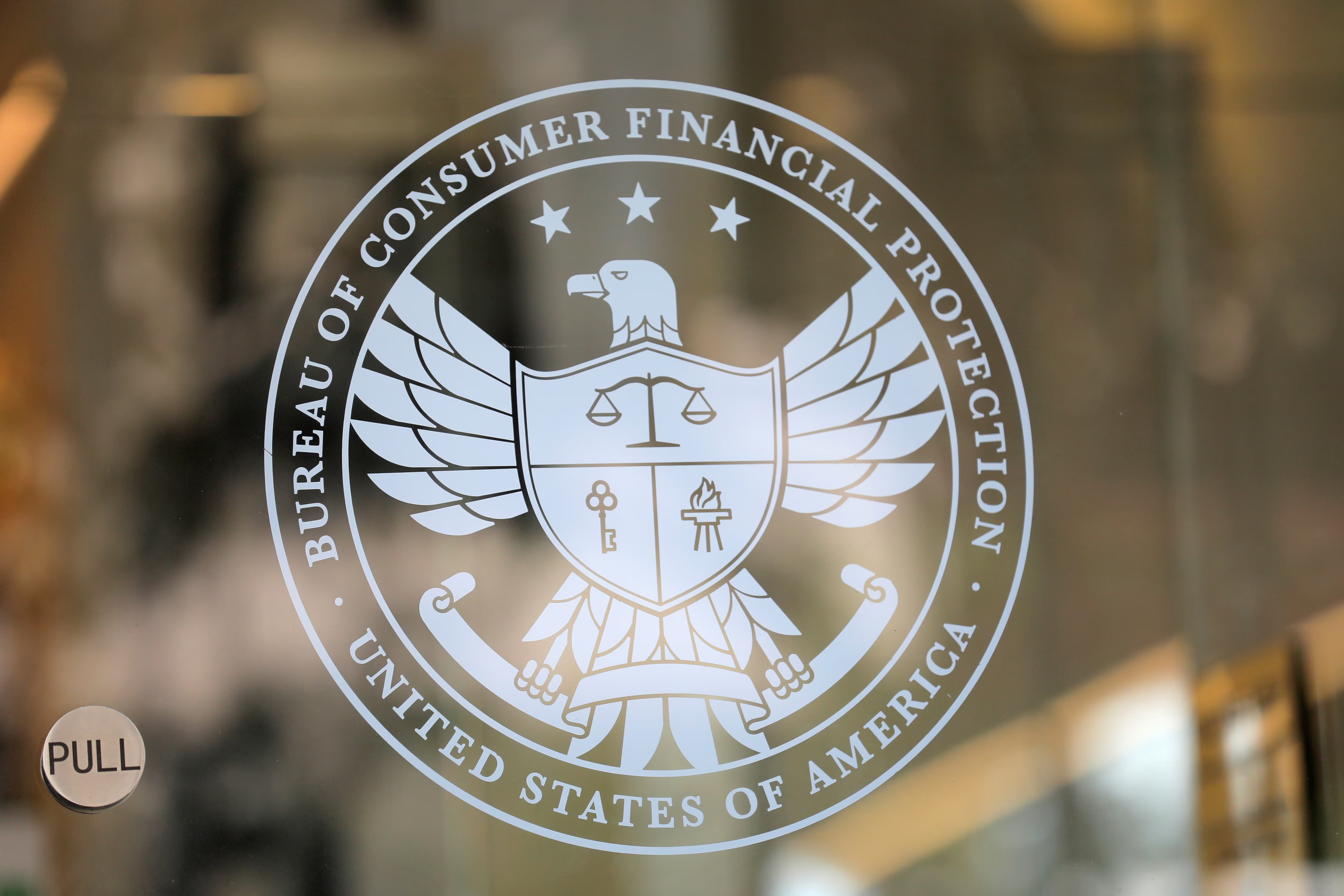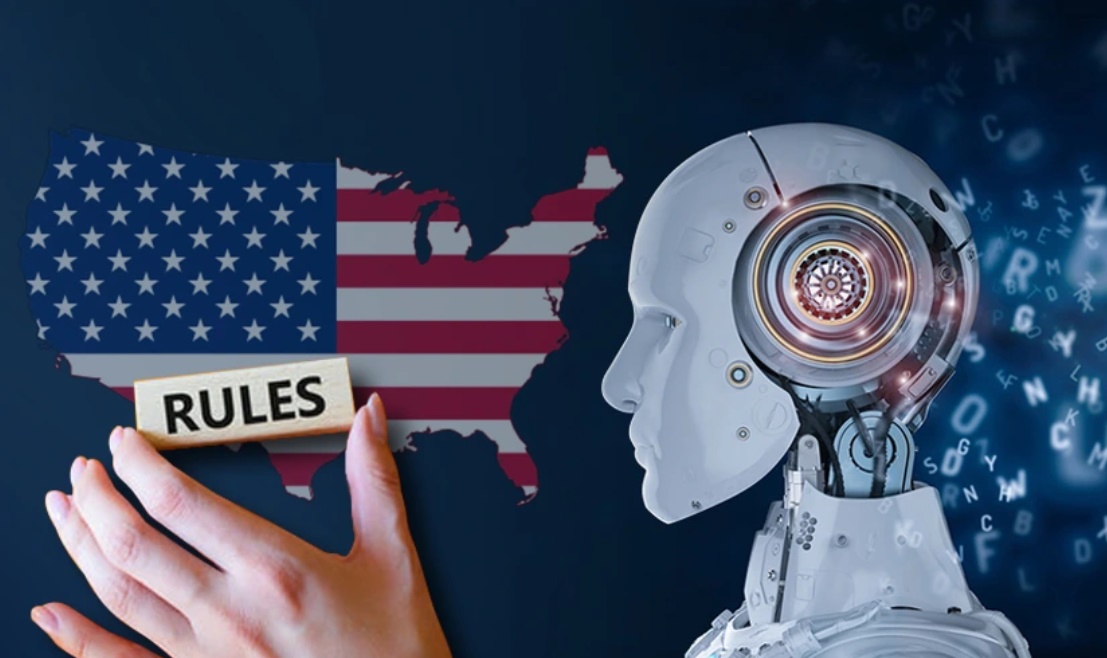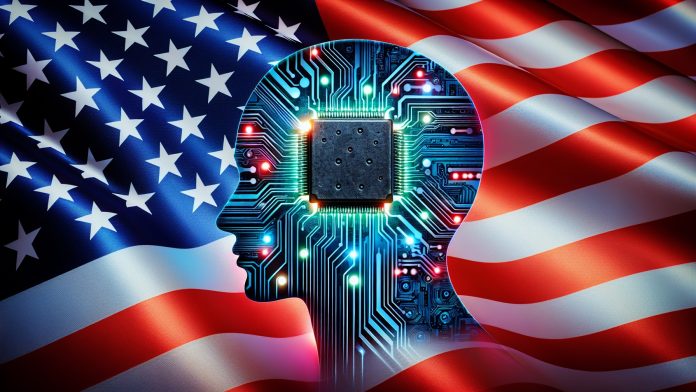🏦 Bank Loans in the USA: In-Depth Analysis and Strategic Borrowing in 2025
BynambiPublished 88 days ago
Introduction: Understanding the Complex Bank Loan Ecosystem of 2025
The U.S. banking sector continues to evolve at an accelerated pace, reshaping how individuals and businesses access credit. In 2025, securing a bank loan involves navigating an intricate ecosystem influenced by regulatory reforms, technological advancements, socio-economic factors, and changing borrower profiles. This blog offers a granular analysis of the current loan landscape, highlighting emerging trends, systemic challenges, and strategies for borrowers to optimize their credit outcomes.
1. The Technological Revolution in Bank Lending
AI-Driven Credit Assessment and Risk Management
Banks now deploy sophisticated machine learning models that analyze multidimensional data sets, including:
Traditional credit bureau scores
Real-time cash flow and transaction patterns
Alternative data points like rent, utilities, and even behavioral analytics
These models improve predictive accuracy but raise questions about algorithmic transparency and potential bias.
Blockchain and Smart Contracts
Emerging blockchain applications aim to enhance loan transparency and security by enabling immutable loan agreements and automating disbursements and repayments through smart contracts.
Digital-First and Omni-Channel Experiences
Lenders invest heavily in user-centric platforms enabling borrowers to:
Complete entire loan processes online or via mobile apps
Receive instant approvals based on automated underwriting
Track loan status and manage payments digitally
2. Regulatory Landscape and Compliance
The U.S. lending industry in 2025 is governed by evolving regulations designed to:
Protect consumer data privacy (e.g., updates to GLBA and state-level laws)
Prevent discriminatory lending practices (enforced through ECOA and CFPB guidelines)
Regulate emerging fintech players and digital lenders
Borrowers should monitor regulatory changes as they influence loan terms, disclosure requirements, and dispute resolution processes.
3. Credit Scoring Paradigm Shift
Inclusion of Alternative Credit Data
With nearly 45 million Americans still “credit invisible” or underserved, banks incorporate nontraditional credit data to widen credit access:
Payment histories for rent, utilities, phone bills
Employment data verified through payroll and tax records
Behavioral indicators from social media and digital footprints (controversial but growing)
Implications for Borrowers
This trend benefits those with thin credit files but necessitates maintaining consistent payment behaviors across all financial obligations.
4. Loan Products: Features and Innovations
Loan Type 2025 Innovations Typical Borrowers
Personal Loans AI risk-adjusted interest rates, flexible tenure Consumers needing debt consolidation or emergency funds
Mortgages Digital closings, green loan incentives, fractional ownership models Homebuyers focused on sustainability and affordability
Auto Loans EV financing discounts, dealer-integrated digital offers Consumers buying electric or hybrid vehicles
Small Business Loans Hybrid models blending SBA support and fintech speed SMEs seeking working capital or expansion funding
5. Risks and Ethical Concerns
Algorithmic Bias and Fair Lending
While AI improves efficiency, opaque algorithms can perpetuate systemic biases disadvantaging minorities or low-income borrowers. Transparency initiatives and “explainable AI” frameworks are increasingly critical.
Data Privacy and Security
Loan applicants share vast amounts of sensitive data; breaches or misuse pose significant risks. Borrowers must demand clear data policies and choose lenders with robust cybersecurity.
Over-Indebtedness and Economic Volatility
Easier credit availability may exacerbate household debt levels, especially amid economic uncertainties like inflation or job market fluctuations.
6. Strategic Borrowing: Best Practices for 2025
Due Diligence: Analyze APR, fees, repayment flexibility, and lender reputation before committing.
Leverage Technology: Use loan comparison tools and credit monitoring apps to make informed choices.
Maintain Financial Health: Regularly review credit reports, keep debt-to-income ratios low, and build emergency savings.
Seek Professional Guidance: Complex loans—such as jumbo mortgages or business credit—warrant consulting financial advisors or credit counselors.
Negotiate Terms: Don’t hesitate to negotiate interest rates or repayment schedules, especially with direct lenders.
7. Looking Forward: The Future of Bank Lending
The convergence of AI, blockchain, and open banking promises a future where loans are more:
Transparent and fair
Tailored to individual financial profiles
Integrated into holistic financial wellness platforms
However, ethical oversight, regulatory balance, and borrower education will be essential to ensure equitable benefits.
Conclusion: Empowered Borrowing in a Complex World
Navigating the U.S. bank loan market in 2025 demands a comprehensive understanding of evolving technologies, regulatory frameworks, and financial products. Borrowers equipped with knowledge and strategic foresight can access credit on favorable terms, avoid pitfalls, and leverage loans as tools for growth and stability.




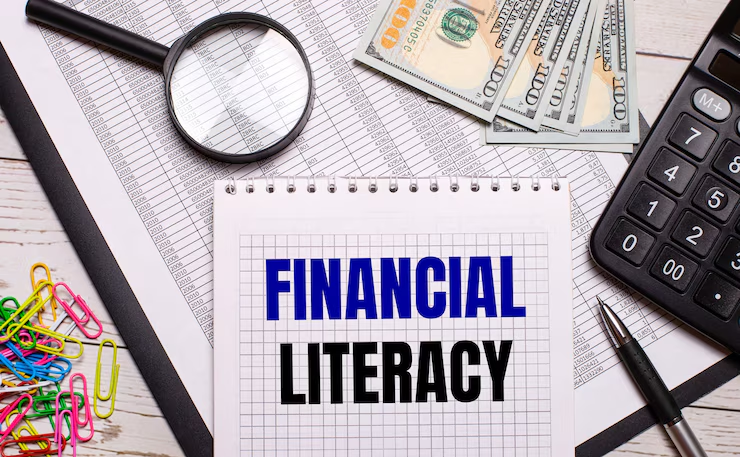
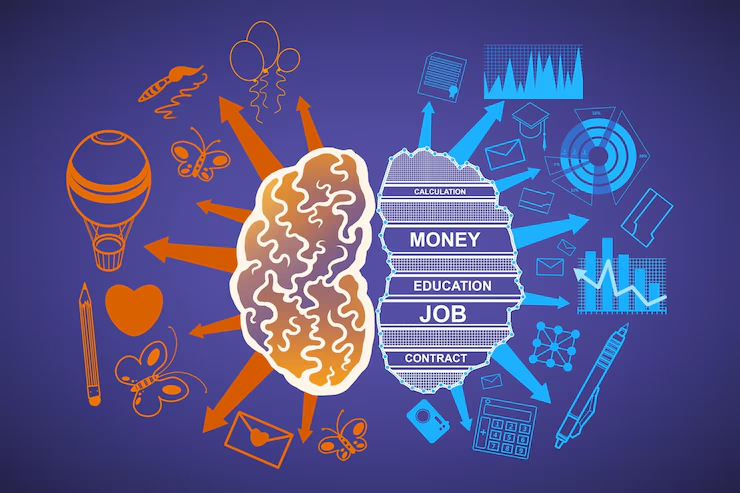

.avif)
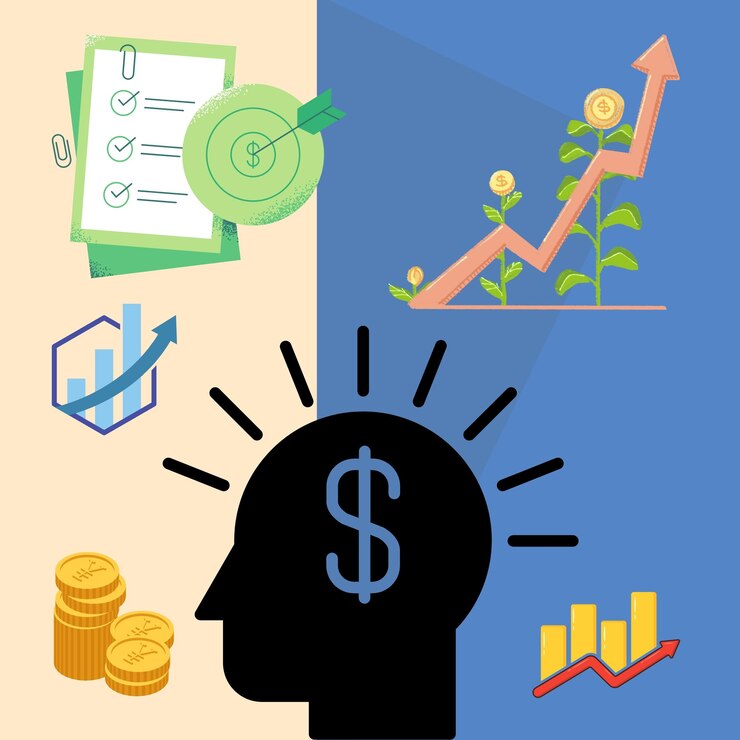
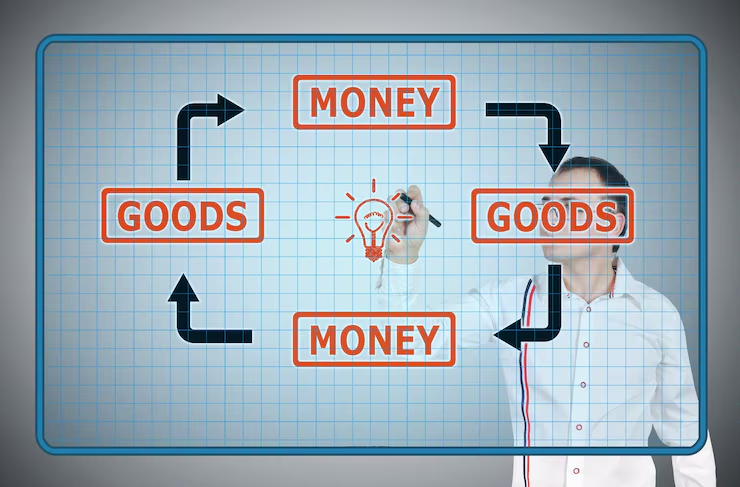



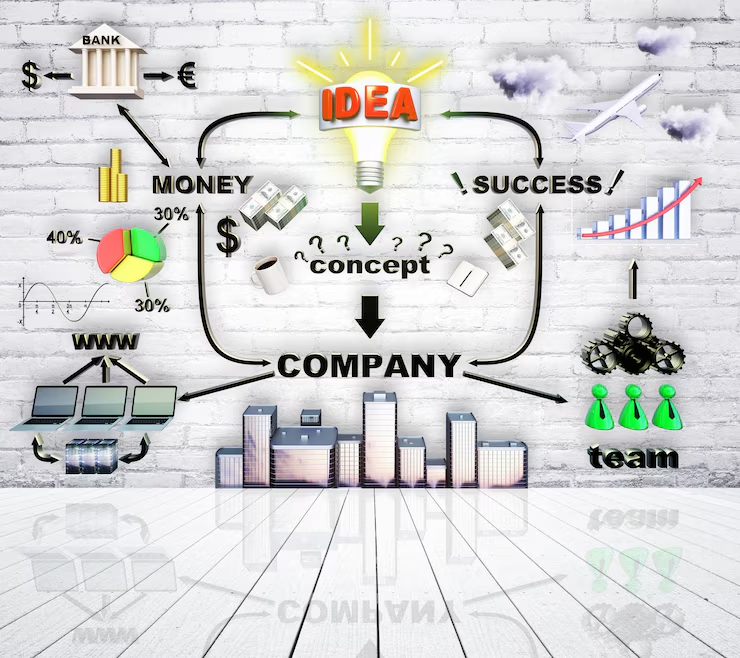

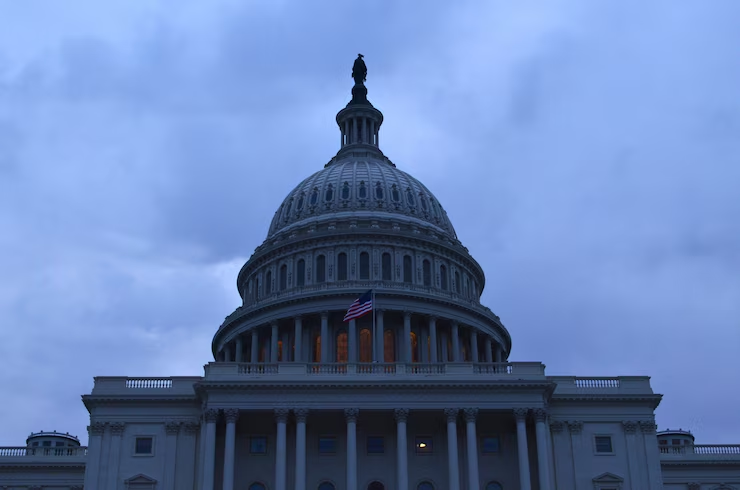






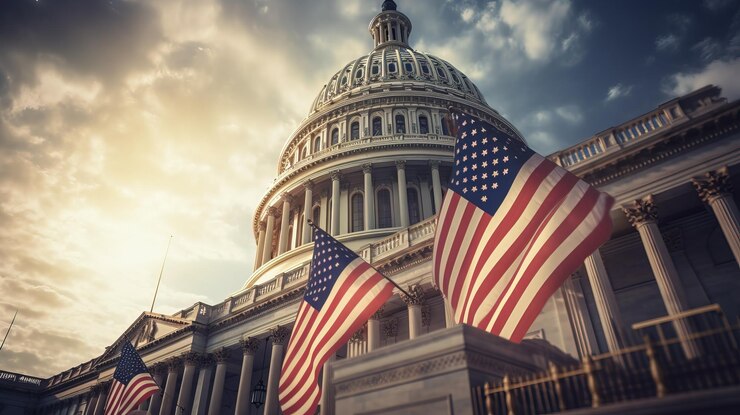

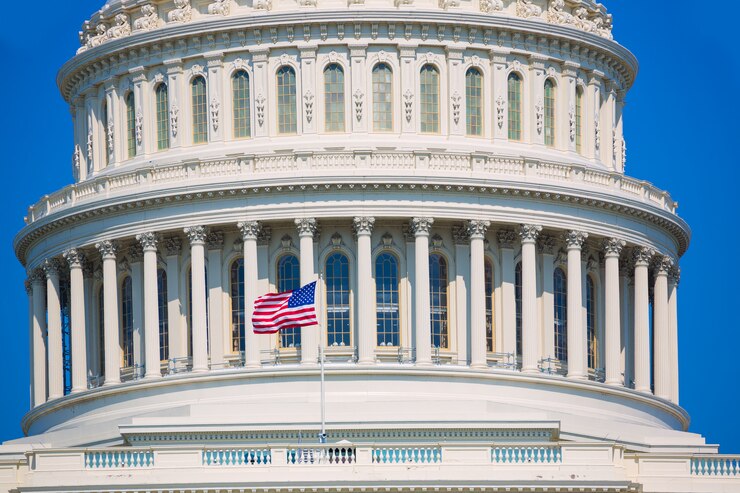

.jpg)





.png)



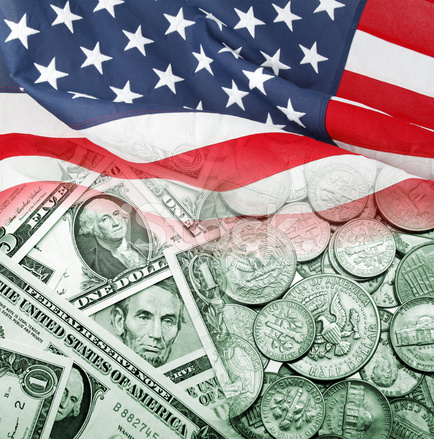




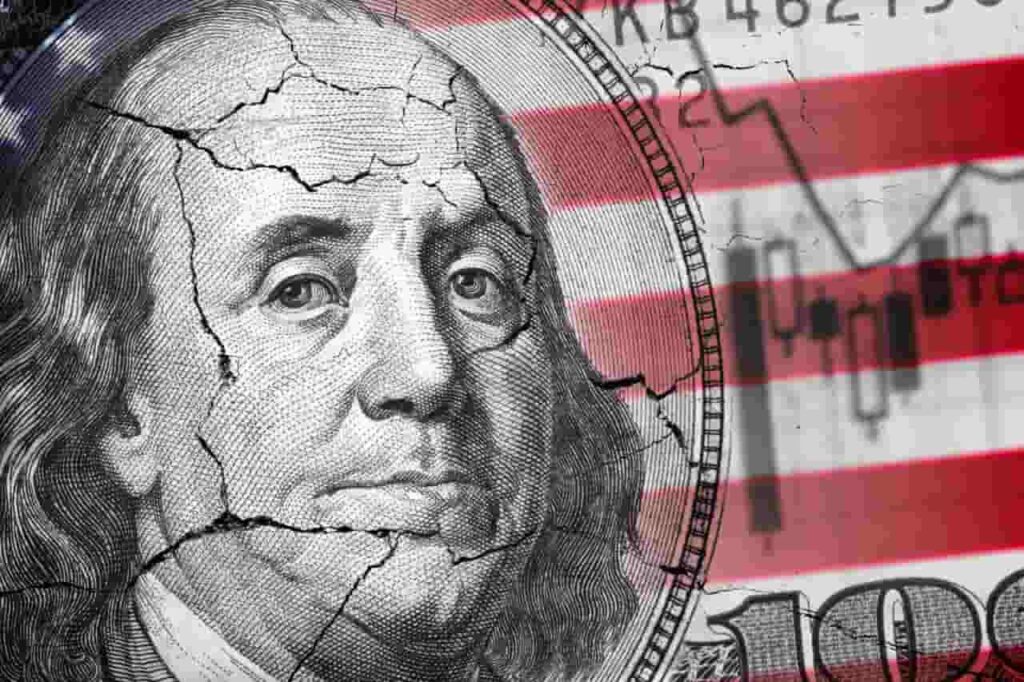
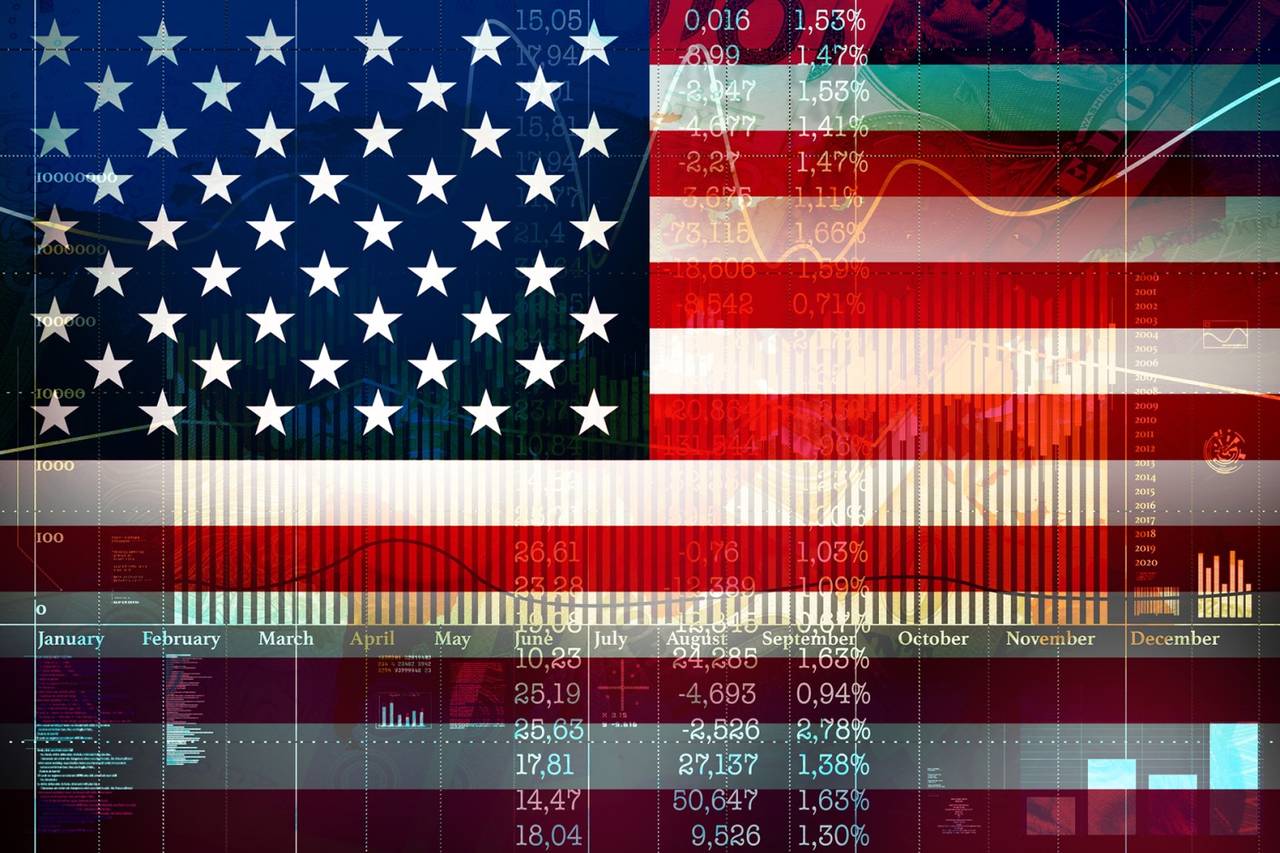




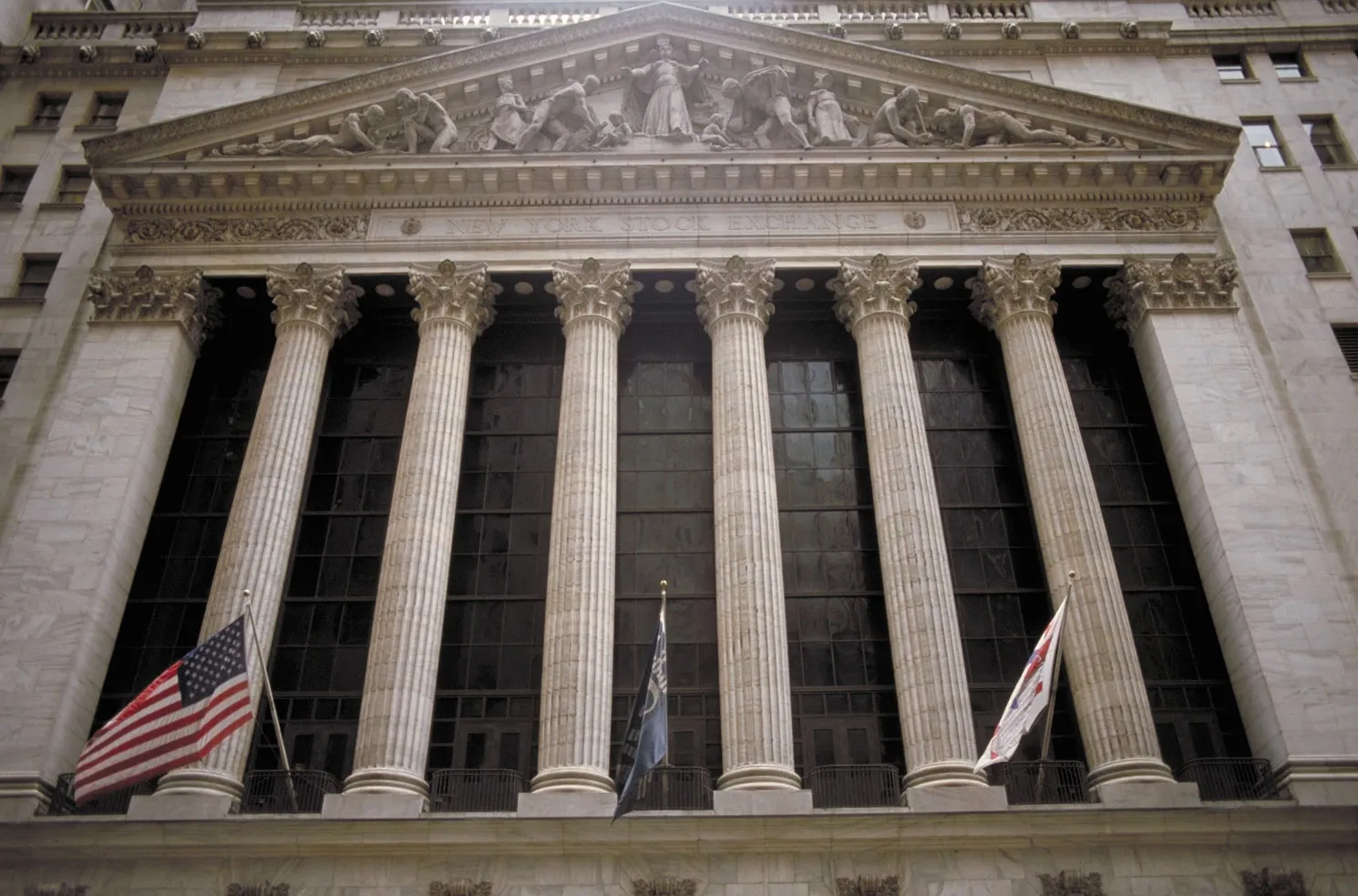
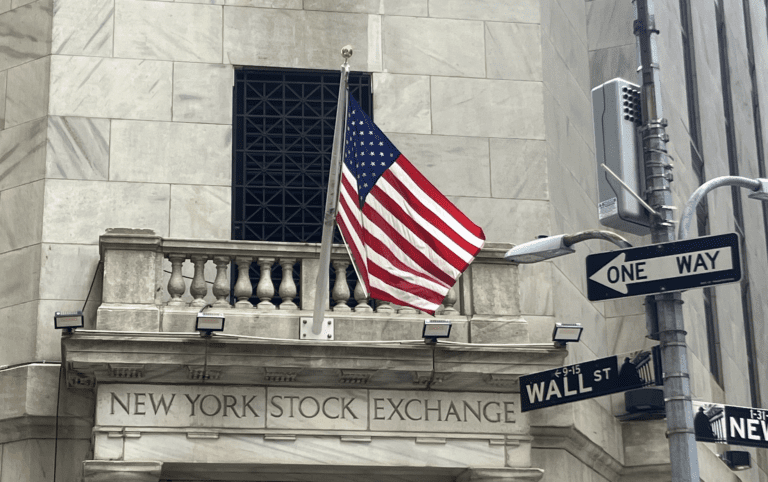

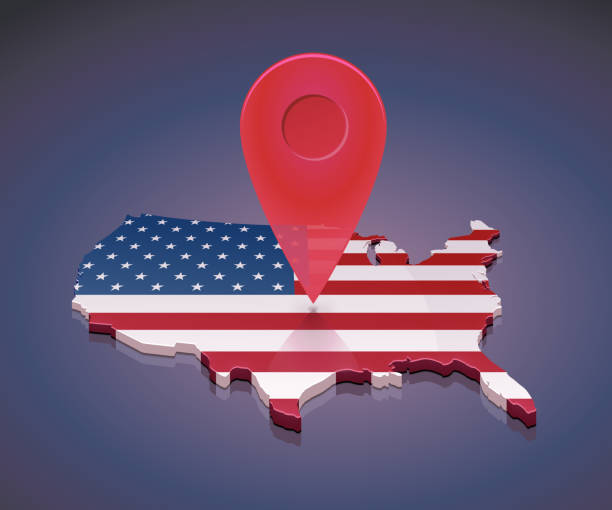




.jpg)



